Disc golf is a sport that beautifully combines athletic skill with strategic thinking. One essential aspect of mastering this engaging game lies in understanding the different throwing techniques, particularly the hyzer and anhyzer throws. Whether you’re a beginner just getting the hang of your disc throws or a seasoned player looking to refine your skills, grasping these concepts can significantly impact your performance.
Let’s dive into the fascinating world of hyzer and anhyzer throws, delineating their mechanics, advantages, and when to use each technique on the course.
What is a Hyzer Throw?
A hyzer throw occurs when a player releases the disc with the edge tilted downwards toward the ground. This angle impacts the flight path of the disc, allowing it to curve to the left for right-handed backhand throws and to the right for left-handed backhand throws.
Mechanics of Hyzer
- Grip: Grip the disc firmly, ensuring your fingers are tucked under the disc for control.
- Stance: Position your feet shoulder-width apart, with your body angled slightly toward your target.
- Release: As you take your backswing, tilt the disc downwards before releasing it. The goal is to create a downward angle (usually between 15-30 degrees).
- Follow-Through: Let your arm flow through the motion smoothly, finishing with the disc pointing towards the target.
Advantages of Hyzer Throws
- Predictable Flight Path: Hyzer throws provide a reliable curve, making it easier to navigate around obstacles and reach the basket.
- Control Over Distance: A hyzer throw can deliver better distance control, especially on shots that require precision.
- Ideal for Windy Conditions: The downward angle can help the disc cut through the wind rather than lifting and destabilizing its flight.
 Disc Golf Hyzer Throw Illustration
Disc Golf Hyzer Throw Illustration
What is an Anhyzer Throw?
On the other hand, an anhyzer throw is executed when the player releases the disc with its edge tilted upwards. This technique allows the disc to curve in the opposite direction—right for right-handed backhand throws and left for left-handed throws.
Mechanics of Anhyzer
- Grip: Use a similar grip as with the hyzer but ensure you have a loose grip to promote a smooth release.
- Stance: Stand with your knees slightly bent, and your body turned sideways to the throwing line.
- Release: Tilt the disc up as you prepare your backswing, releasing it at an upward angle (15-30 degrees).
- Follow-Through: Your arm should continue the natural arc as you finish the throw, helping maintain the desired angle.
Advantages of Anhyzer Throws
- Versatility: Anhyzer throws open up a wider range of flight paths, especially useful for navigating tight lanes or around obstacles.
- Enhanced Flexibility: This throw can be particularly beneficial on undulating terrains and elevation changes.
- Discs with Higher Glide: The anhyzer can extend the glide of certain discs, increasing overall distance on certain shots.
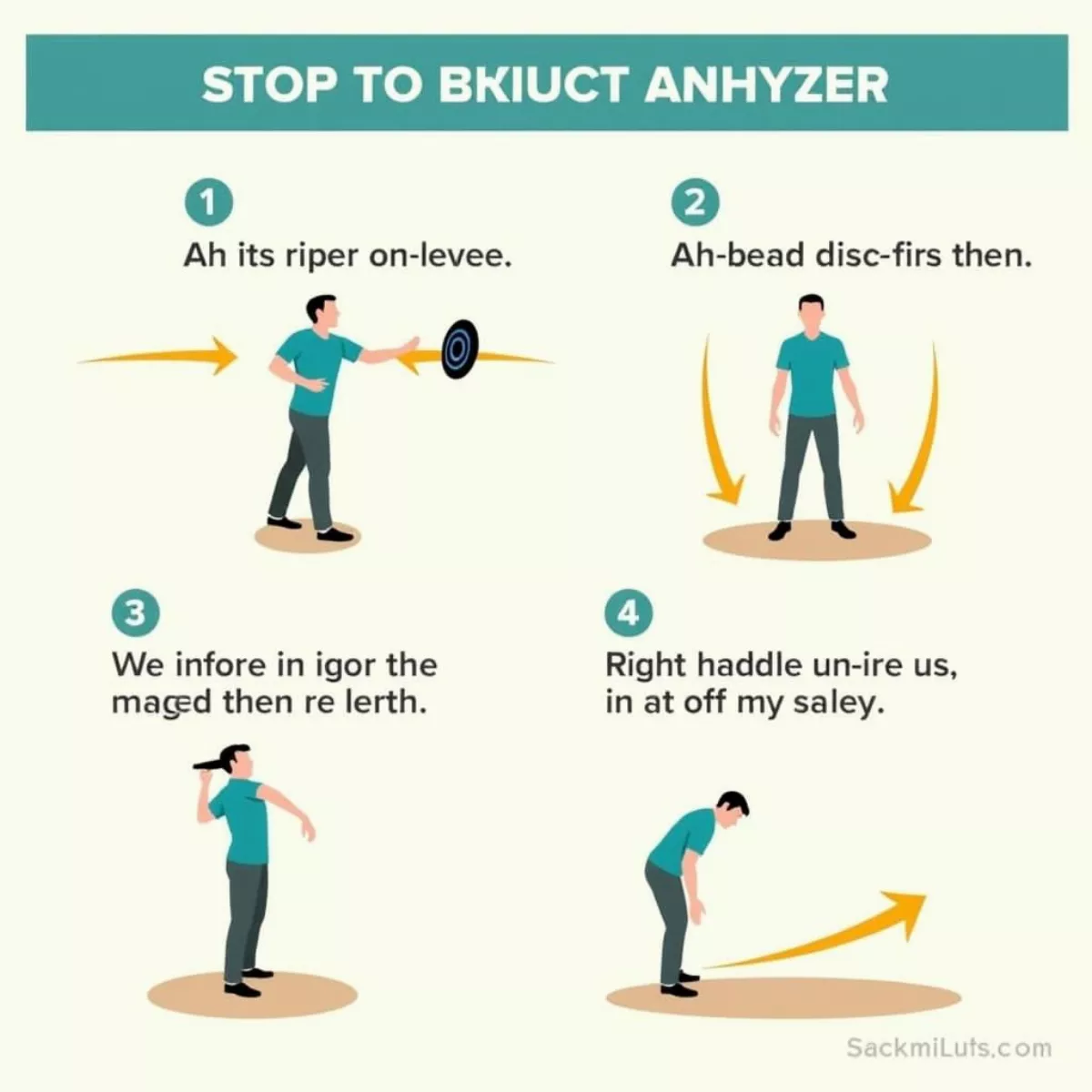 Disc Golf Anhyzer Throw Technique
Disc Golf Anhyzer Throw Technique
Comparing Hyzer vs. Anhyzer Techniques
| Feature | Hyzer Throw | Anhyzer Throw |
|---|---|---|
| Release Angle | Downward (15-30 degrees) | Upward (15-30 degrees) |
| Disc Path | Curves left (right-hand backhand) | Curves right (right-hand backhand) |
| Best For | Straight shots and distance control | Navigating around obstacles |
| Wind Conditions | Performs well in wind | Less predictable in windy conditions |
| Ideal Discs | Overstable discs | Understable discs |
When to Use Hyzer and Anhyzer Throws
Understanding when to use each technique can elevate your disc golf game. Here are some scenarios to illustrate their optimal use:
When to Choose a Hyzer Throw
- Long Fairways: Use hyzer when aiming for long, straight shots where precision is necessary.
- Avoiding Obstacles: It’s effective when you need to navigate around trees or other barriers.
- Windy Conditions: The hyzer can help the disc maintain stability in tough wind.
When to Choose an Anhyzer Throw
- Tight Lanes: Use anhyzer throws in narrow paths where you need to navigate around obstacles while still progressing towards the basket.
- Change in Elevation: Ideal for throwing uphill or downhill, accommodating changing flight angles.
- Long Distance: Particularly beneficial on long throws where maximum glide is required.
 Disc Golf Course Strategy: Hyzer vs. Anhyzer
Disc Golf Course Strategy: Hyzer vs. Anhyzer
Tips for Mastering Your Throws
Whether you identify as a hyzer or an anhyzer thrower, practice is essential. Here are some practical tips to refine your skills:
- Practice Consistently: Regular practice with both techniques will enhance your control and comfort.
- Experiment: Try different disc types—overstable discs for hyzer and understable for anhyzer—to see how each flight behaves.
- Record Yourself: Filming your throws can help identify areas for improvement.
- Mind the Conditions: Be aware of wind direction and terrain when choosing between hyzer and anhyzer.
Key Takeaways
- Hyzer Throw: Disc tilted downwards; predictable flight; ideal in wind and for avoiding obstacles.
- Anhyzer Throw: Disc tilted upwards; more versatile for navigating tight spaces; excellent for distance.
- Practice: Regular drills and experimentation with both techniques improve overall performance.
FAQ Section
1. What is the main difference between hyzer and anhyzer throws?
Hyzer throw has the disc tilted downward, curving left for right-handed backhands, while an anhyzer throw has the disc tilted upward, curving right.
2. When should I use a hyzer throw?
You should use a hyzer throw when you want a controlled distance shot or need to maneuver around obstacles effectively.
3. What types of discs work best for hyzer and anhyzer throws?
Overstable discs work best for hyzer throws, while understable discs are more suited for anhyzer throws.
 Types of Disc Golf Discs
Types of Disc Golf Discs
4. Can I use both techniques in the same round?
Absolutely! Many players effectively incorporate both techniques to adapt to various course conditions and challenges.
5. Does wind affect hyzer and anhyzer throws differently?
Yes, hyzer throws tend to perform better in windy conditions, while anhyzer throws can be less predictable due to the upward angle.
6. How can I practice my hyzer and anhyzer throws?
Setting up specific drills that focus solely on each throw can significantly improve your proficiency in both techniques.
7. What should my grip be like for hyzer and anhyzer throws?
Maintain a firm grip for hyzer and a slightly looser grip for anhyzer to facilitate smooth releases.
8. How does body posture influence my throws?
Your stance and posture should be adjusted based on the throw angle to ensure you maximize your power and precision.
9. Can I throw hyzer and anhyzer with forehand throws?
Yes! Both techniques can be adapted for forehand throws with slight modifications in wrist tilt.
10. What’s the best way to learn which technique suits me?
Experimentation and feedback from experienced players or instructors can help determine which technique feels more natural for your style.
By mastering your hyzer and anhyzer techniques, you’ll not only enhance your game but also enjoy the process of becoming a more skillful and strategic disc golfer. Remember, practice makes perfect, so get out there and throw some discs! Happy disc golfing!

 Golf carts lined up at a golf course.
Golf carts lined up at a golf course.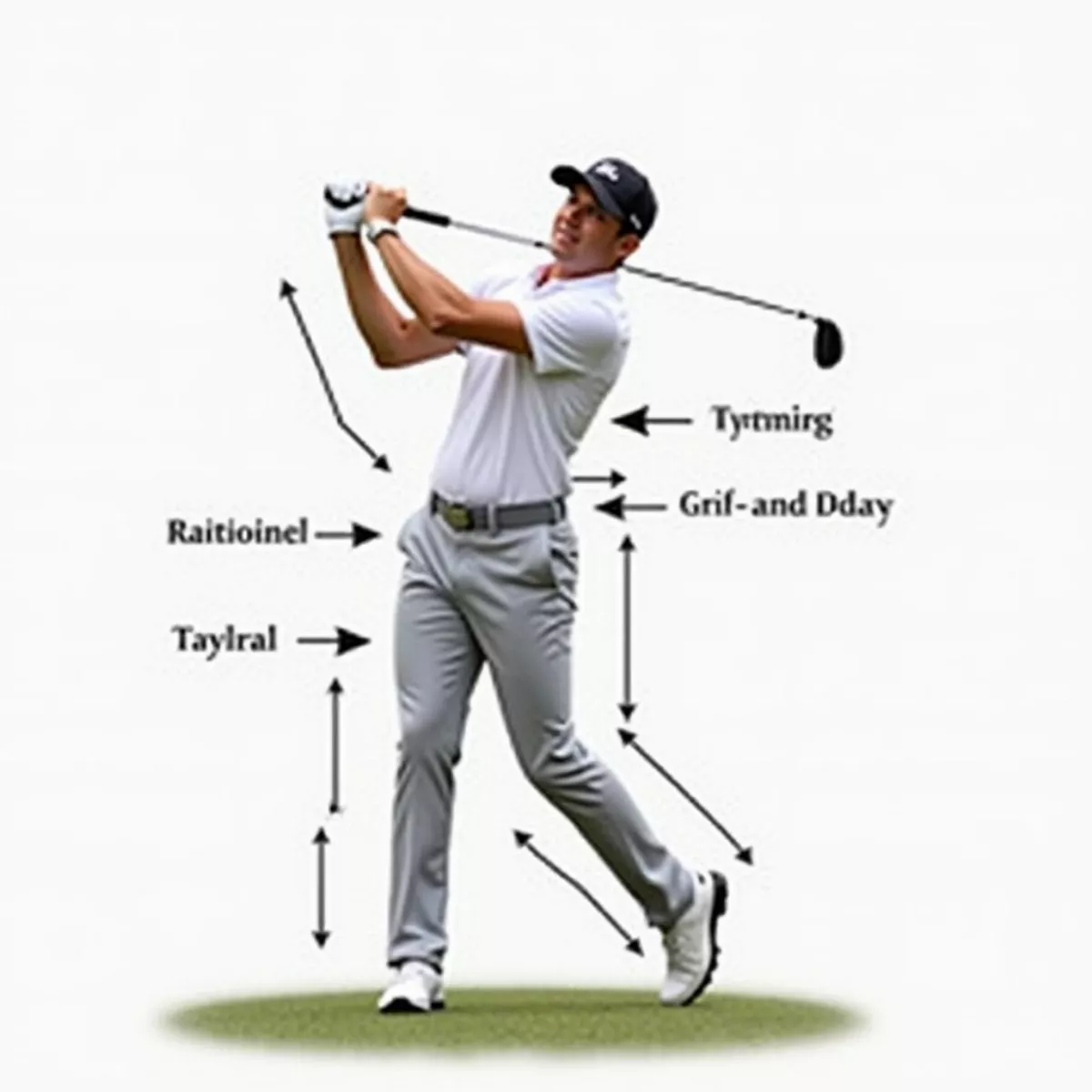
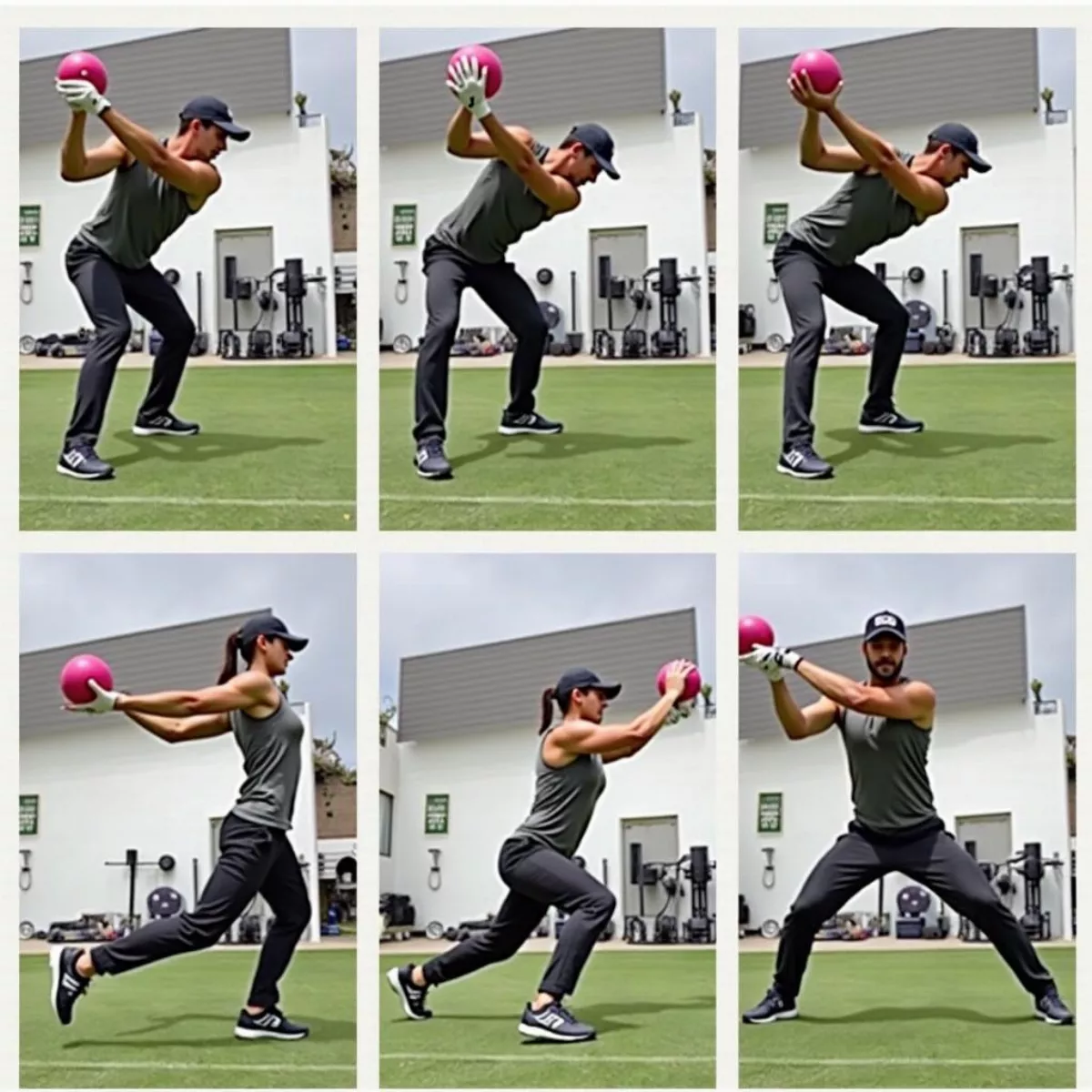 Golfer Core Workout
Golfer Core Workout
 Golfers in Custom T-shirts High-Fiving
Golfers in Custom T-shirts High-Fiving
 Group of friends playing golf
Group of friends playing golf Customized golf cart
Customized golf cart
 Pirate Themed Mini Golf
Pirate Themed Mini Golf
 Golf clubs and bag on grass
Golf clubs and bag on grass Golf course view at sunset
Golf course view at sunset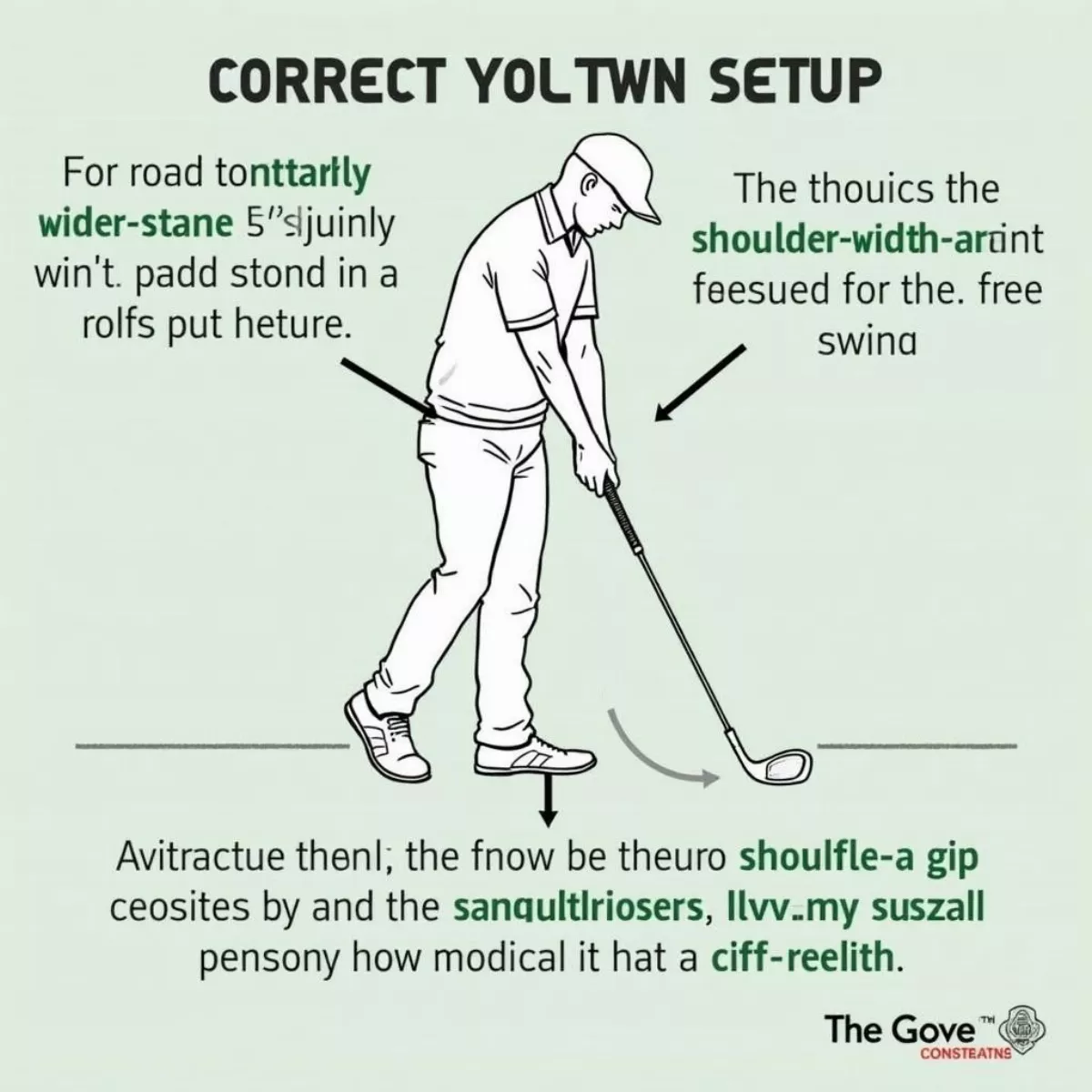
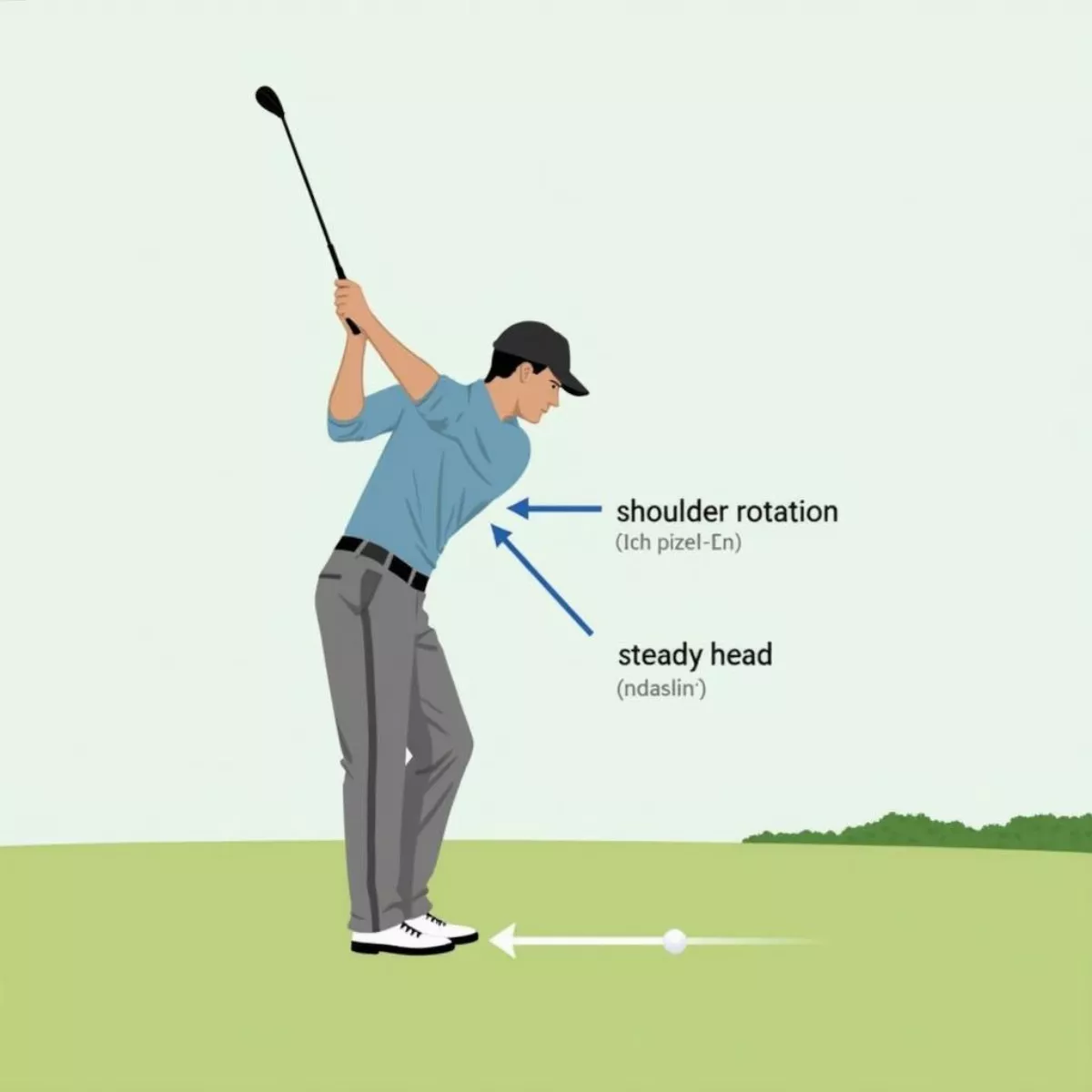 Proper Golf Backswing Rotation
Proper Golf Backswing Rotation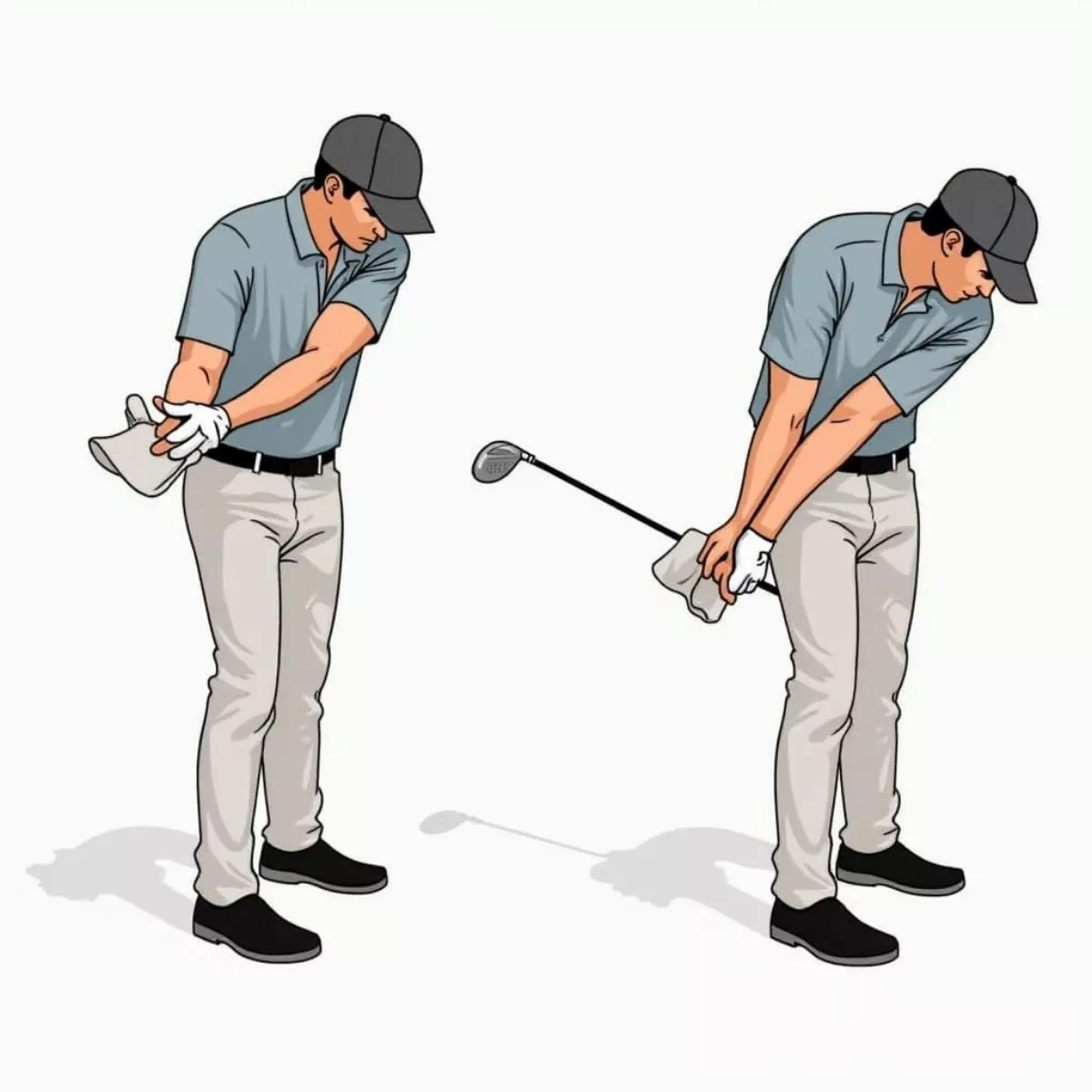 Practicing Golf Swing Drills
Practicing Golf Swing Drills
 Woman Watching LPGA on Laptop
Woman Watching LPGA on Laptop
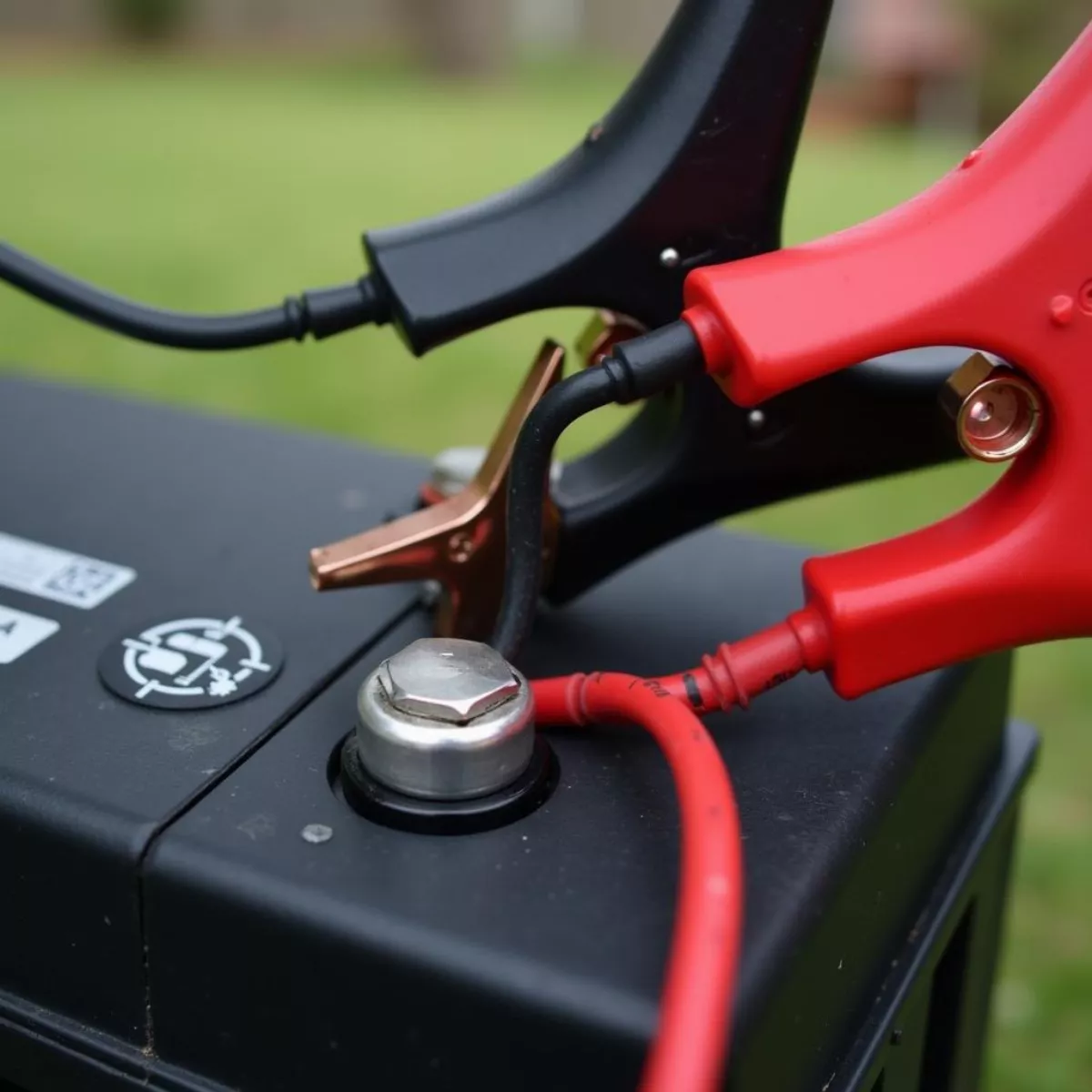 Connecting E-Z-Go Golf Cart Charger
Connecting E-Z-Go Golf Cart Charger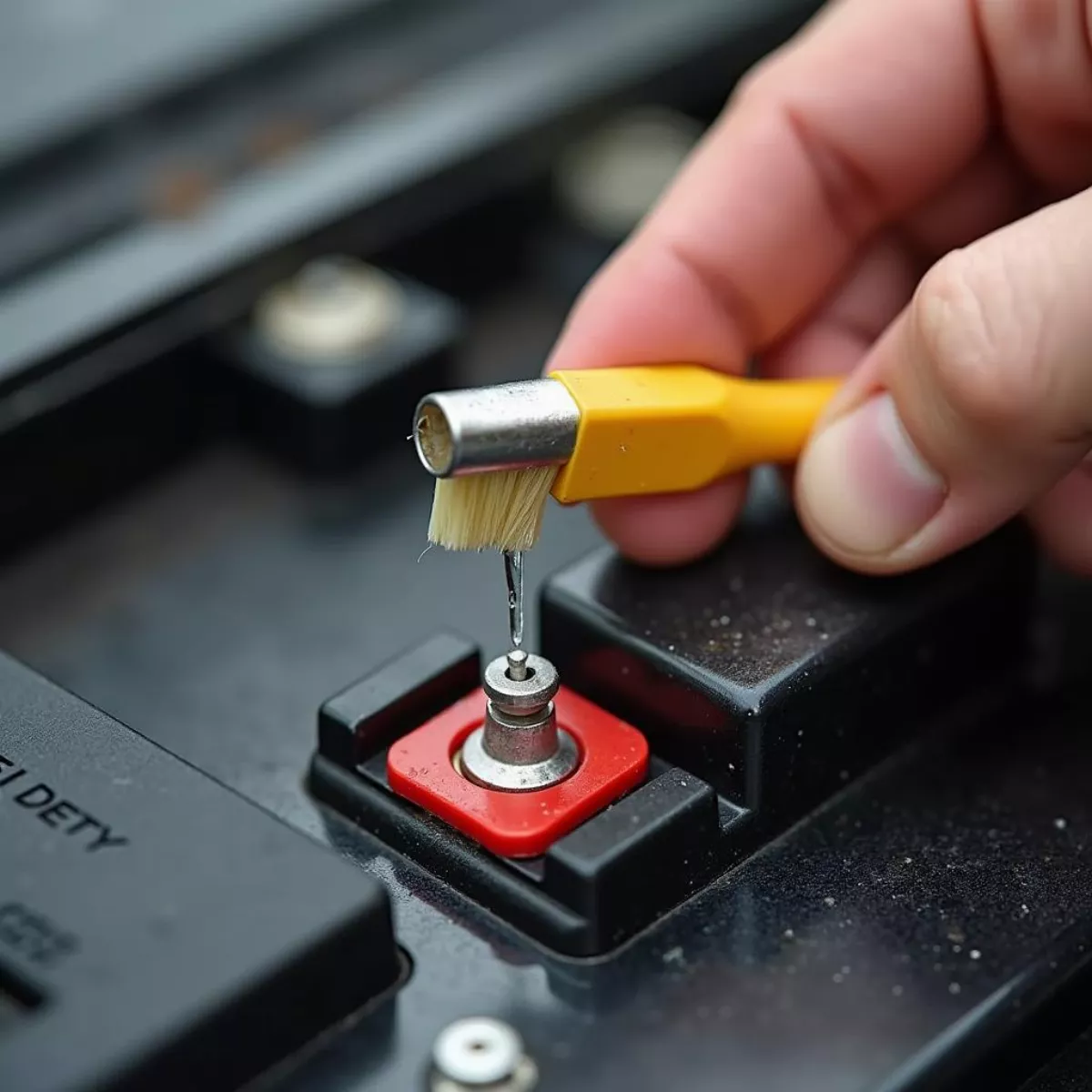 Cleaning E-Z-Go Golf Cart Battery Terminals
Cleaning E-Z-Go Golf Cart Battery Terminals